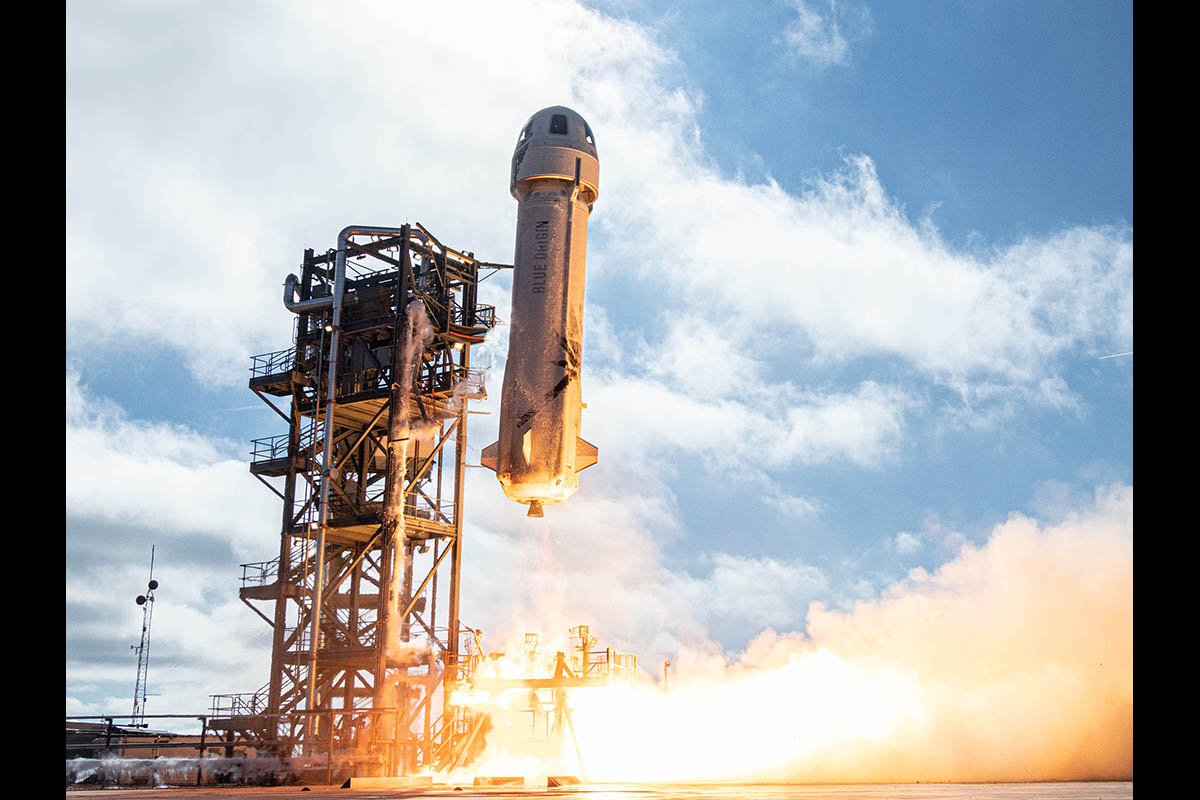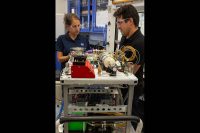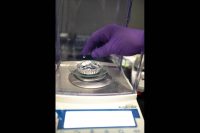The Orbital Syngas/Commodity Augmentation Reactor (OSCAR) payload was flown to the edge of space on Dec. 11, 2019, aboard Blue Origin’s New Shepard suborbital rocket. OSCAR attained around three minutes of microgravity to demonstrate its features. (Blue Origin)
Home The Orbital Syngas/Commodity Augmentation Reactor (OSCAR) payload was flown to the edge of space on Dec. 11, 2019, aboard Blue Origin’s New Shepard suborbital rocket. OSCAR attained around three minutes of microgravity to demonstrate its features. (Blue Origin) The Orbital Syngas/Commodity Augmentation Reactor (OSCAR) payload was flown to the edge of space on Dec. 11, 2019, aboard Blue Origin’s New Shepard suborbital rocket. OSCAR attained around three minutes of microgravity to demonstrate its features. (Blue Origin)




